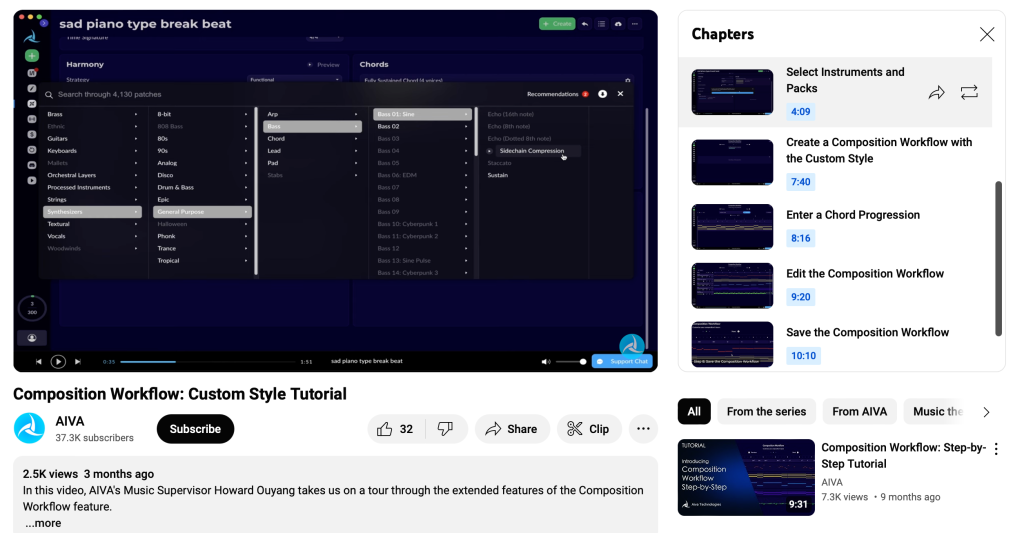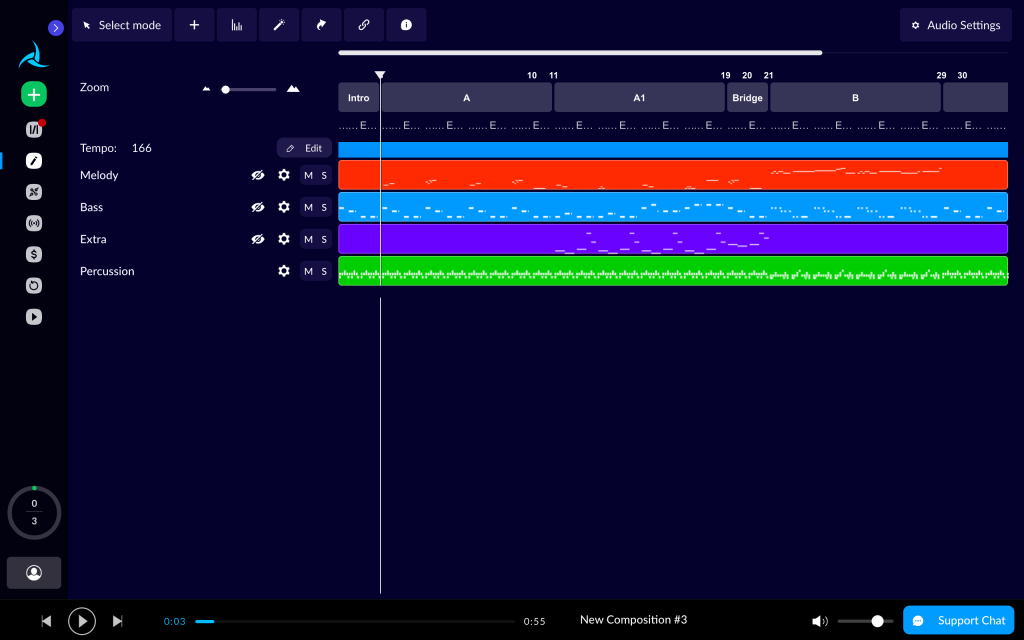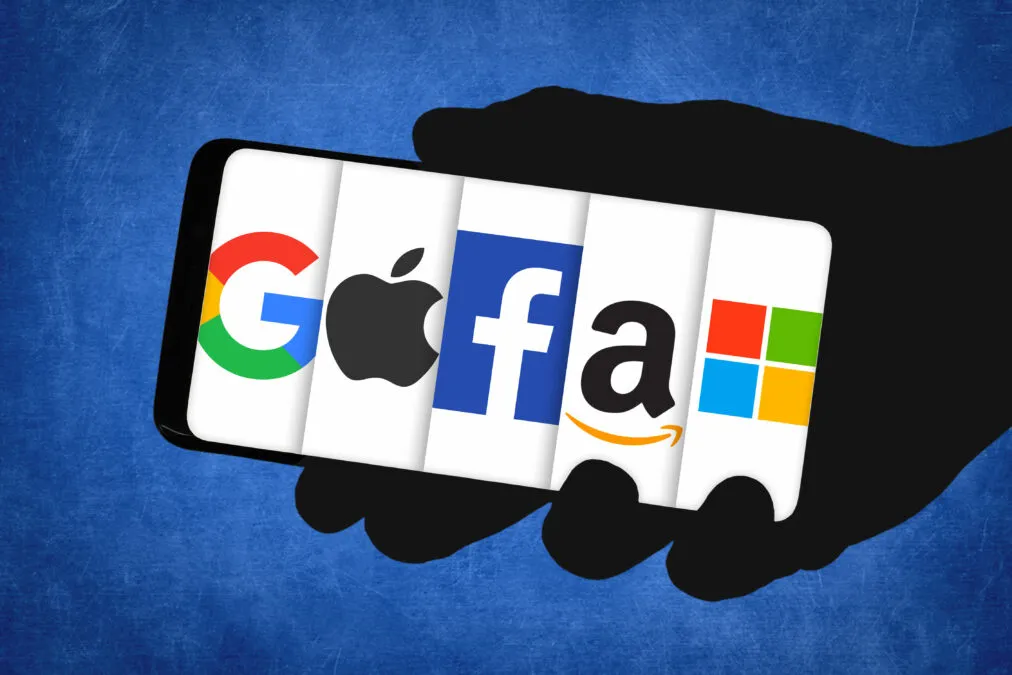No ratings yet.
We are living in a generation that yearns for convenience. The same can be said about the digital ecosystems provided by notable tech giants—Google, Amazon, Meta, Apple, and Microsoft (GAMAM)—which have become indispensable parts of our day-to-day lives. For instance, Apple’s ability to facilitate cross-connectivity among all its products and Microsoft’s 365 suite providing strong SaaS-based tools for productivity are prime examples of how simple it has become to interact with technology.
However, the ease between platforms and software costs digital giants a fortune, leading to speculation from regulatory bodies over potential violations of antitrust laws. Firms like GAMAM often produce incremental advances within their established systems but refrain from investing in new, digitally disruptive innovations to protect their revenue streams and existing user base. This strategy of focusing on refinement rather than disruption allows them to maintain control over vast ecosystems, raising concerns about reduced competition. Maintaining market position is their main focus, which has eventually led to domination and possible violations of antitrust laws.
The Monopoly Moment: Redefinition of Tech Regulation
Monopolistic practices first came under major scrutiny in the 1990s when Microsoft faced antitrust accusations for bundling its Internet Explorer browser with the Windows operating system, effectively pushing out competitors like Netscape Navigator. This practice not only harmed rivals but also limited consumer choice. Although the court initially ruled to break up the company, the decision was overturned, resulting in a settlement that required Microsoft to share its software interfaces with third-party developers.
The verdict of this case revolutionized the public’s perception of the tech industry, prompting governments to take a closer look at antitrust investigations involving companies like Google and Apple. Dozens of cases have been filed against these giants over the past few years.
Living Under the Microscope
Monopolistic practices leading to scrutiny include Google’s default search engine deals, Amazon’s use of non-public seller data for competitive advantage, and Microsoft bundling Teams with Office. While these practices create a frictionless and predictable user experience, they also make it difficult for smaller players to compete and lead to a digital lock-in for consumers. This reduces the incentive for these firms to innovate and encourages them to acquire or push out smaller firms that pose a threat.
There is a fundamental tension between innovation, consumer convenience, and market control. This seamless ecosystem can be both a blessing and a curse. The more entrenched these ecosystems become, the more competition shrinks, and technological advancements stagnate.
The question we must ask ourselves is whether today’s seamlessness comes at the expense of tomorrow’s innovation.
Sources
- Altchek, A., & Shamsian, J. (2024). Google’s monopoly drama should have Apple, Meta, and Amazon nervous. Retrieved from https://www.businessinsider.nl/googles-monopoly-drama-should-have-apple-meta-and-amazon-nervous/
- Hills, C. (2023). Big Tech’s dominance over US stocks poses no risk according to history. Retrieved from https://www.tradealgo.com/news/big-techs-dominance-over-us-stocks-poses-no-risk-according-to-history
- Podesta, A., & Tsoni, M. (2022). Antitrust: Commission accepts commitments by Amazon barring it from using marketplace seller data, and ensuring equal access to Buy Box and Prime. Retrieved from https://ec.europa.eu/commission/presscorner/detail/en/ip_22_7777
- Zuber, L., & Simonini, S. (2024). Commission sends Statement of Objections to Microsoft over possibly abusive tying practices regarding Teams. Retrieved from https://ec.europa.eu/commission/presscorner/detail/en/ip_24_3446




